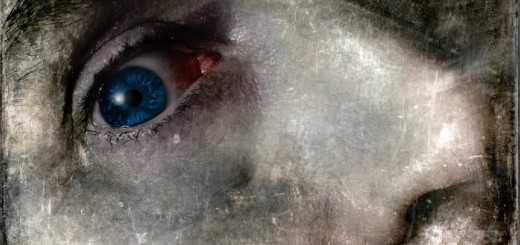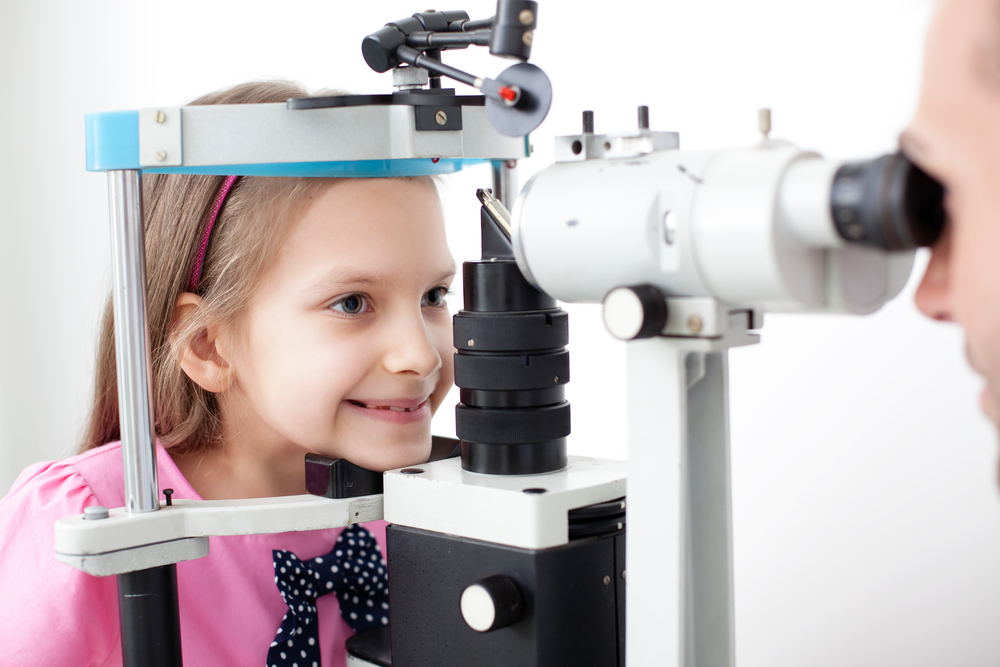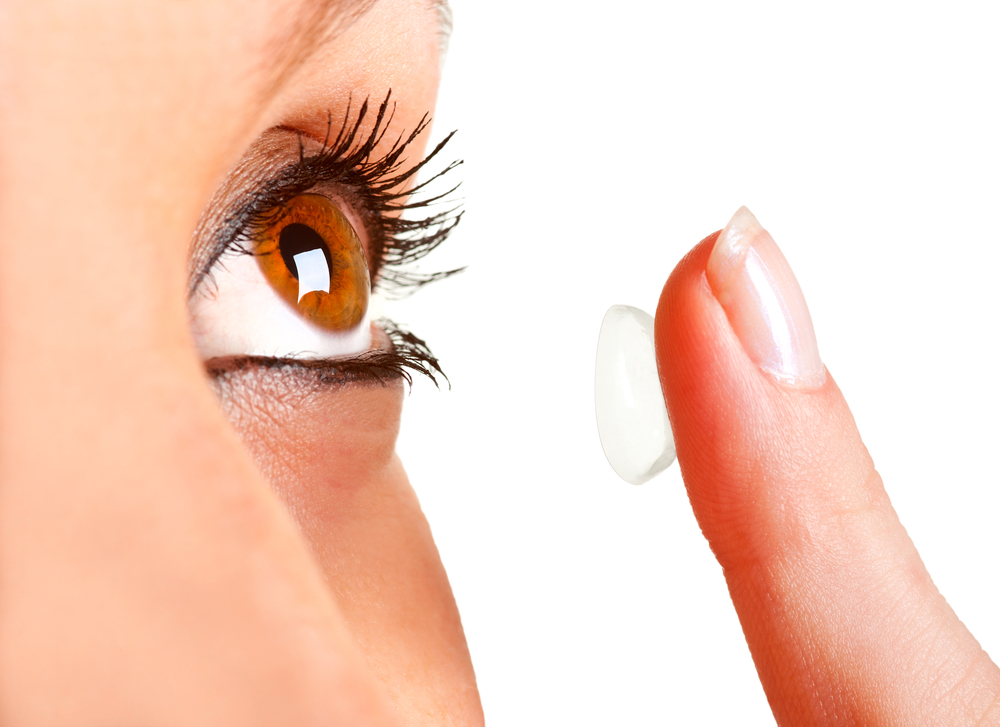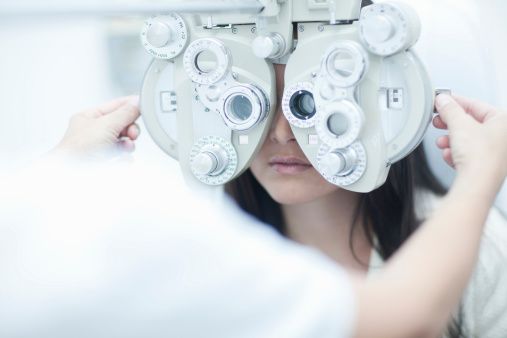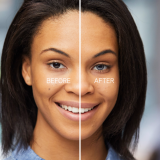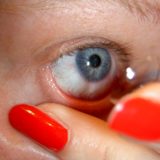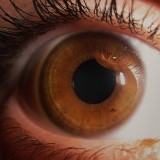Cataracts
What is Cataracts?
Cataracts is a clouding that develops slowly and with time interferes with your vision. It’s described as looking through a fogged up glass. Cataracts make it difficult to read, drive, and make seeing, especially difficult in low lighting conditions. It develops almost in an envelope, behind your iris (the colored part).
Early Detection of Cataracts
Early signs of cataracts can be detected through your annual eye exam with your optometrist. And though there are ways to delay or stop cataracts from developing further, there is no way to reverse it once it’s occurred, other than surgery. However, for light to mild cataracts, less invasive options are available, such as eyeglasses and strong lighting conditions. But if you do need it, cataracts surgery is noted as being a safe and effective procedure.
Is Cataracts Preventable?
Cataracts, though a very common eye condition, don’t occur in everyone. Smoking cigarettes is heavily linked to increasing your chances to develop cataracts, as are environmental factors such as wind and heavy UV exposure. Cataracts can also be caused by genetic disorders or even just as a side effect to aging.
Therefore, the best ways to prevent or – at least lower your risk of getting cataracts – are to wear proper eye wear and to not smoke and to avoid exposing yourself and your eyes to cigarette smoke.
What Happens When You Have Cataracts?
When you develop cataracts, instead of directly focusing the light that passes through your eye to the retina (which is how you get clear vision), cataracts scatters the light, which in turns throws off the clear image you get. (Think of a cloudy sky. It’s still bright, but there isn’t one source of brightness. Light is scattered through the entire sky.)
Cataracts is one of the most important reasons to be adamant about your annual eye exam. The earlier it is caught, the more that can be done (without surgery). However, if you notice symptoms like cloudy or blurred vision, sensitivity to light or glare (what some call the “halo” effect), a change in colors (things take a more yellow tint), frequent changes in prescription or double vision in just one eye, you need to see your optometrist immediately.
Your vision is important, so don’t take it lightly. We know in this day and age, between jobs and families, time is a rare thing. Witness your life with clear, crisp, and healthy vision. Schedule your eye exam today.


